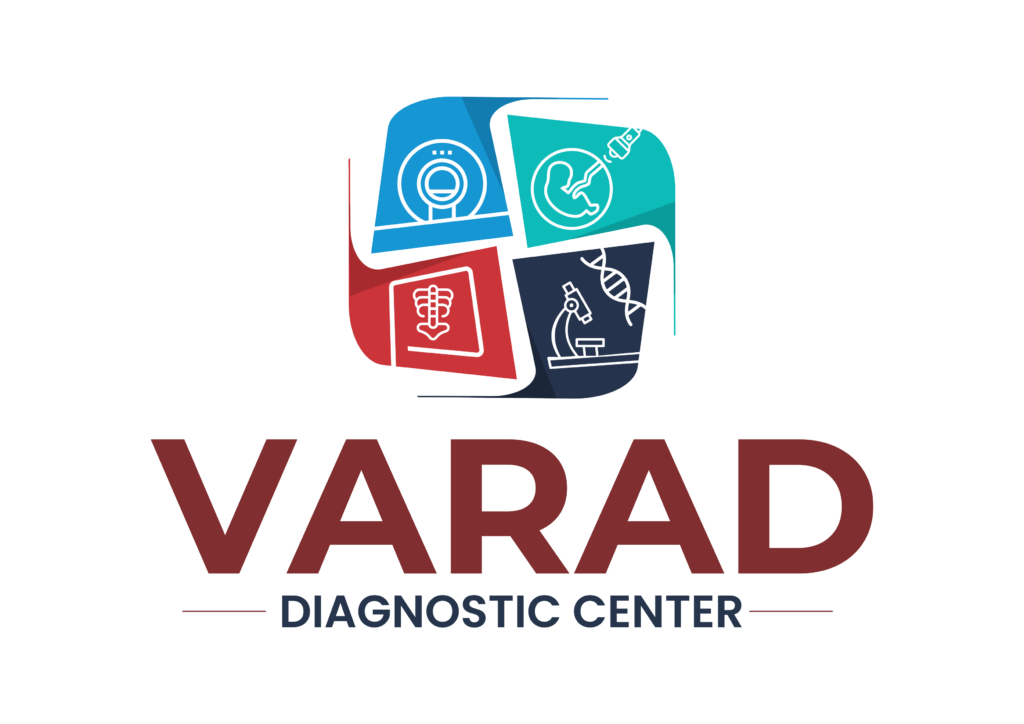Varicose veins are those twisted, enlarged veins often seen on legs and feet. They can develop due to standing or sitting for too long, pregnancy, obesity, or genetics. People with varicose veins might notice bluish veins or experience pain, swelling, or a heavy feeling in their legs.
Treating varicose veins is not just about looking good. It’s also about feeling good and staying healthy. If left untreated, these veins can lead to serious issues like blood clots, ulcers, or skin infections. Managing them improves health outcomes and can prevent future complications.
Enter laser treatment for varicose veins. This modern approach offers several advantages over traditional methods. Unlike older surgeries, laser treatments are less invasive, carry fewer risks, and allow quicker recovery. As such, more patients today are opting for laser solutions to tackle their varicose veins effectively.
Decoding the Endovenous Laser Treatment for Varicose Veins
Endovenous Laser Treatment (EVLT) is an attractive option. During the EVLT, a small laser fiber gets inserted into a vein. This laser heats and closes the vein, effectively removing the issue at the source. This straightforward procedure usually starts with an initial consultation with a healthcare provider. After this, you undergo the process, followed by a short post-procedure check-up.
Laser varicose vein treatment recovery is faster and easier than traditional surgical methods. Conventional surgery often involves large incisions and longer healing times. In contrast, EVLT involves minimal invasion and allows patients to return home the same day. Laser vein recovery generally involves mild stretching or walking soon after.
Concerns about safety are common when considering this procedure. Rest assured, EVLT is FDA-approved, which ensures it meets strict safety standards. The procedure is performed by skilled professionals, minimizing potential risks.
Maximizing Outcomes: Efficacy and Post-Treatment Care of Laser Therapy for Varicose Veins Before and After
Patients often ask about the effectiveness of laser treatments. Success rates are quite high, with many noticing the disappearance of varicose veins soon after the procedure. Some even witness improvement immediately, while others observe changes over a few weeks.
To ensure smooth laser vein removal recovery time, patients should be mindful of post-procedure care. Here’s what to avoid: – Strenuous exercise – Prolonged standing – Excessive heat exposure, like saunas
Following these guidelines can optimize recovery. For best results, maintain a healthy lifestyle post-treatment. Simple steps like walking can promote circulation, preventing future vein problems. Staying hydrated and wearing compression stockings also help maintain outcomes.
Beyond Aesthetics: Real-Life Transformations and Long-Term Advantages
Real people, real changes. Many who undergo laser therapy report feeling more active and less self-conscious about their legs. Improvements in mobility empower them many to partake in activities they previously avoided.
But laser treatments deliver more than surface beauty. Enhanced circulation results from sealing problematic veins. Many patients report feeling less leg pain and discomfort, making daily life more enjoyable.
Considering these factors, pursuing specialized consultations seems sensible. Experts can guide you on whether laser treatment is the right fit for your condition. Varicose veins laser treatment pros and cons should be assessed. While generally safe, some individuals might experience minor side effects of laser treatment for varicose veins, like redness or bruising, which typically resolve quickly.
Ultimately, the best laser treatment for varicose veins might be the pathway to not only better looking but also healthier legs. Considering this non-invasive option could lead to meaningful, long-term health benefits.
If varicose veins are impacting your life, it might be time to explore laser therapy options. Consider reaching out to healthcare providers who specialize in this field to discuss your concerns and explore whether this treatment could be beneficial for your individual needs.

